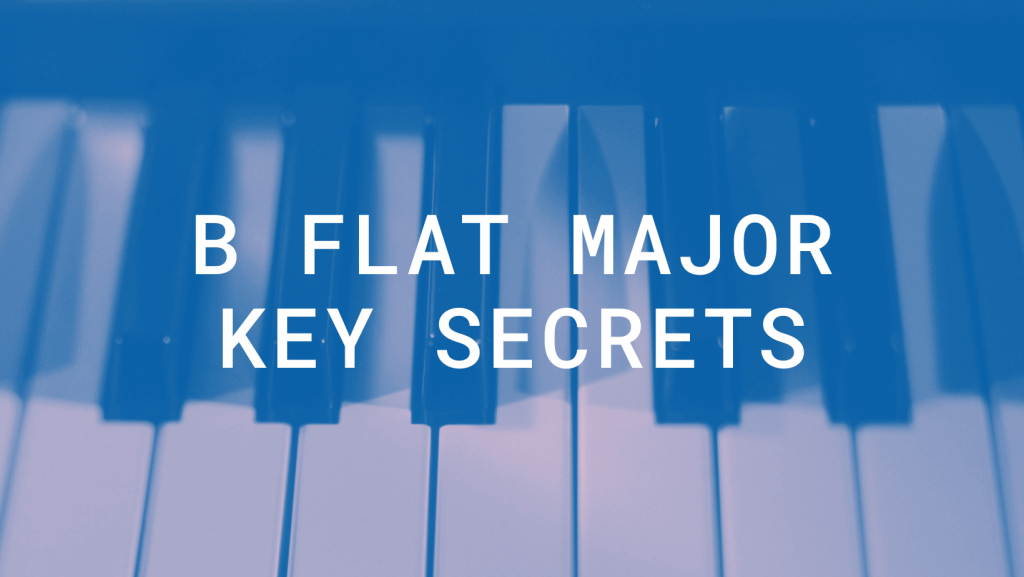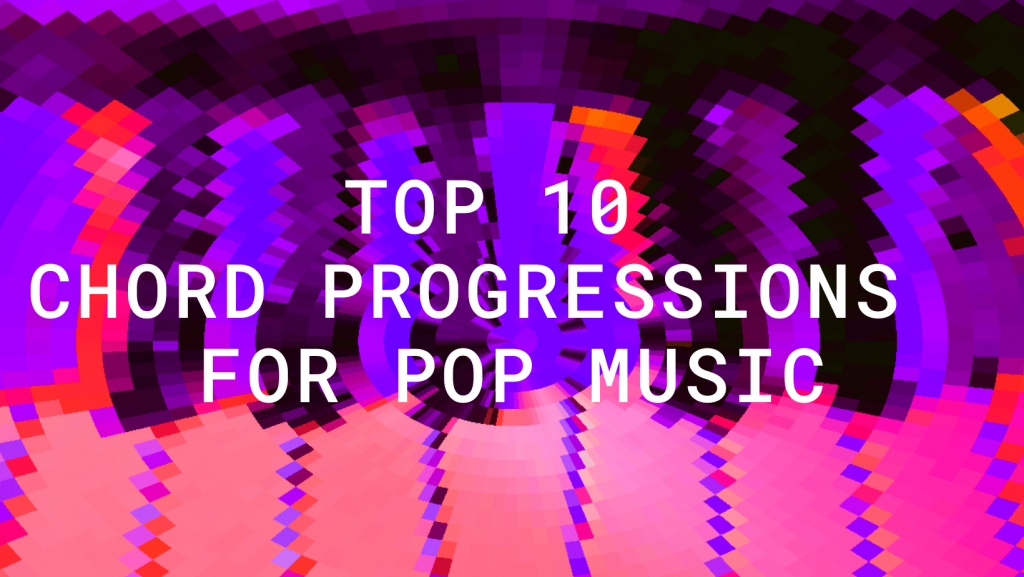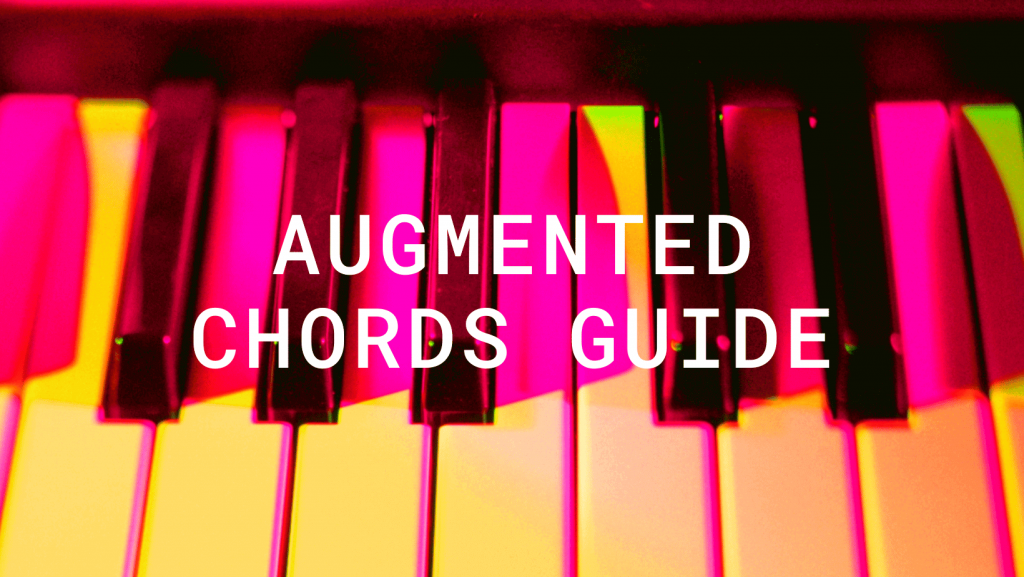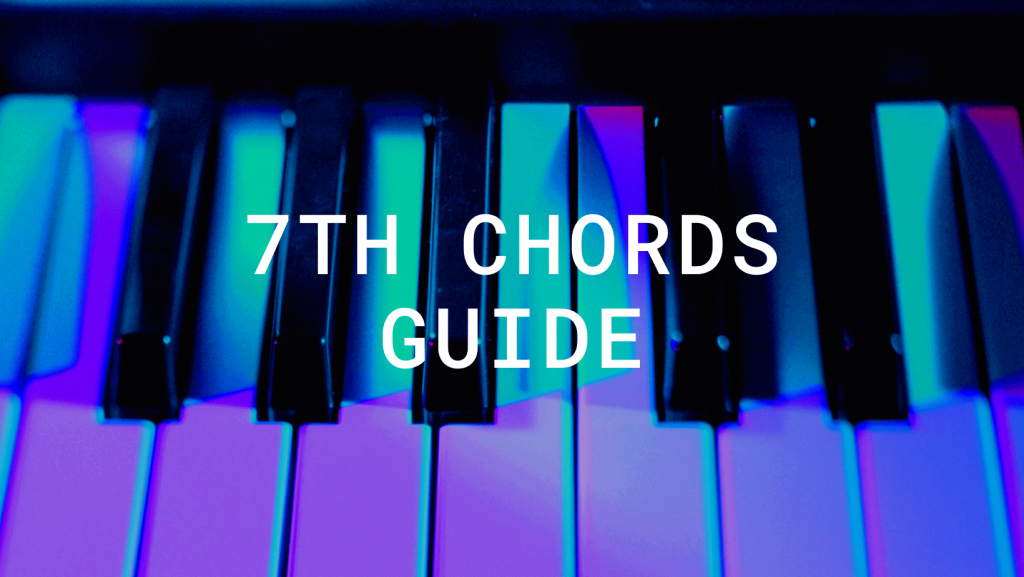B Flat Major: The Key to Creating Emotional and Uplifting Music
B Flat Major is a popular and versatile key that has been used in a wide range of musical genres and styles. From soulful ballads to energetic pop hits, the key of B Flat Major has been used to create some of the most memorable and iconic songs of all time. However, many music producers and composers may not be fully aware of the potential of this key and how it can be used to elevate their music to new heights.
In this article, we will explore the characteristics and practical applications of the key of B Flat Major, providing multiple tips and techniques for using this key to its fullest potential, so get ready to take your music to new heights! This guide will show you how to unleash the full potential of B Flat Major and create unforgettable melodies, harmonies, and chord progressions that will leave your listeners wanting more.











